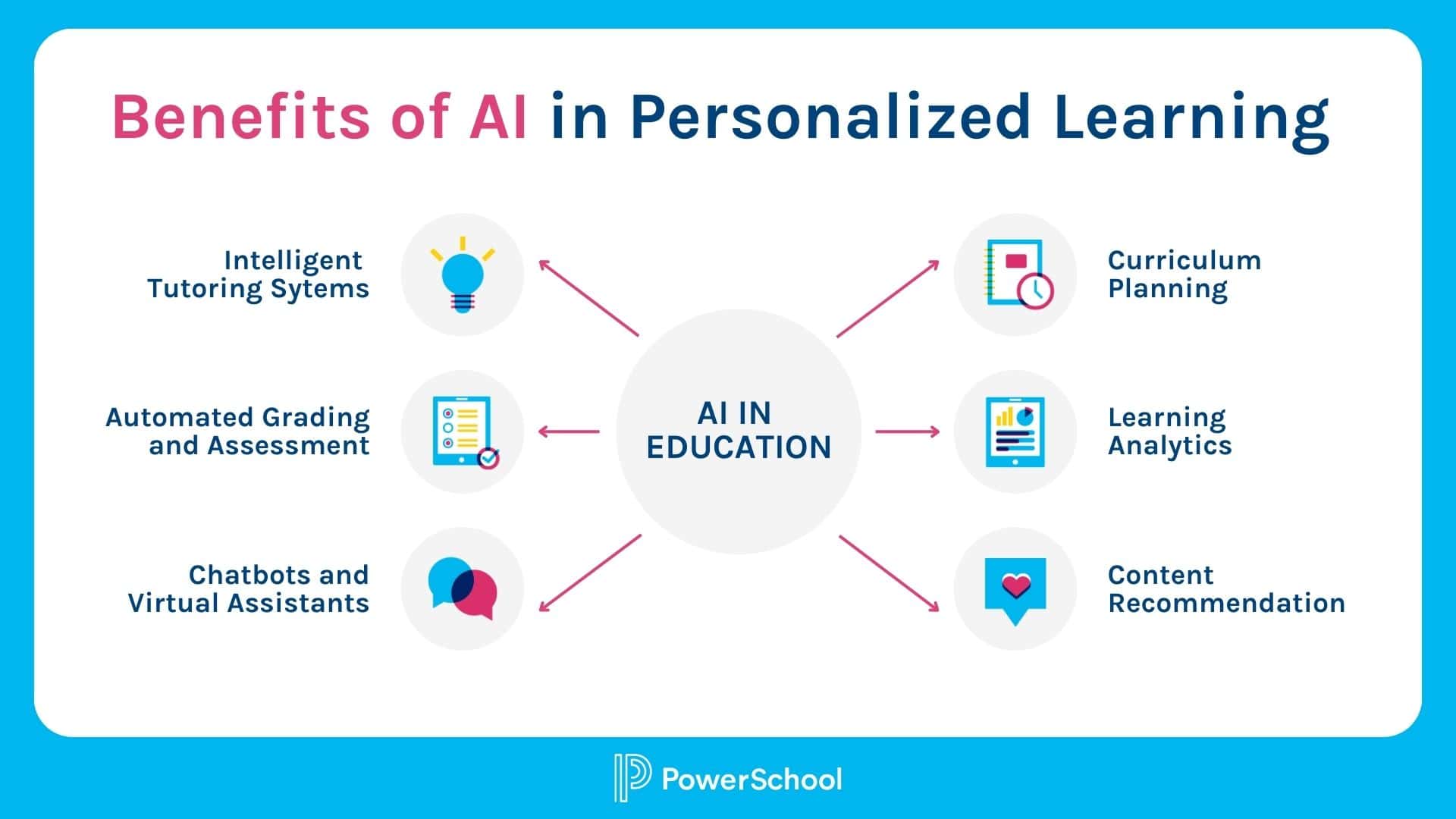Compare Flint vs. ChatGPT
While both Flint and ChatGPT provide access to advanced AI for educational use, there are key differences between the two platforms. ChatGPT, despite its capabilities, lacks essential features such as teacher and administrator visibility, as well as accessibility concerns. On the other hand, Flint is specifically designed to offer AI access to students with the necessary guardrails for academic integrity.
Teacher and Administrator Visibility
One significant advantage of Flint over ChatGPT is the level of visibility it provides to teachers and administrators. With Flint, teachers can monitor every message exchanged between students and the AI, ensuring a transparent learning environment. The platform also generates auto-summarized reports for each student session, highlighting strengths and areas for improvement.

Conversely, ChatGPT lacks this visibility, requiring manual checks by teachers to ensure student engagement with the AI. This limitation poses challenges to consistent use in the classroom.
Academic Integrity
Another critical aspect where Flint excels is in upholding academic integrity. Unlike ChatGPT, which could potentially facilitate cheating by completing tasks for students, Flint is equipped with guardrails to prevent such behavior. The AI in Flint encourages critical thinking and does not provide direct answers to assignments.
Pricing and Accessibility
When it comes to pricing and accessibility, Flint caters specifically to K-12 schools with a free tier for up to 80 users. In contrast, ChatGPT's pricing structure, aimed at enterprises, may not be suitable for educational institutions. Moreover, Flint's licensing model has no minimum seat requirements, allowing schools to scale usage as needed.

Furthermore, Flint prioritizes safety by automatically flagging inappropriate messages for review, ensuring a secure AI environment for students.
Professional Development and Support
Flint stands out in providing unlimited virtual professional development sessions at no additional cost, ensuring that teachers are well-equipped to leverage AI in the classroom effectively. In comparison, implementing ChatGPT may require dedicated training and additional expenses for prompt engineering skills.
Flint also offers a community-powered template library and public PD materials, fostering collaboration and shared learning among educators.
Conclusion
While ChatGPT offers a versatile AI solution, Flint's tailored approach to education, focus on academic integrity, and teacher-friendly features make it a preferred choice for schools. With its commitment to student safety, customizable assistance levels, and inclusive pricing, Flint presents a comprehensive AI platform designed to enhance learning outcomes.
For schools seeking a reliable and education-focused AI partner, Flint emerges as a standout option that addresses the unique needs of K-12 institutions.




















